Samsung wins and loses in the latest DisplayMate screen rankings. DisplayMate has published its review of the iPhone X’s new OLED display panel and states that the panel is now the best on the market. But this is rather funny considering the fact that Samsung provides the OLED panels to Apple.
Back when the Samsung Galaxy Note 8 was released, DisplayMate gave the device’s OLED display an A+ – the first ever in DisplayMate testing. Now that the iPhone X has been released, the device overtakes the Note 8 in a few areas, making us wonder just how well these two display panels stand up to one another.
Without doing a direct comparison, let’s take a look at the talking points used in DisplayMate’s findings:
- A state-of-the-art OLED display that is manufactured on a flexible plastic substrate. While the OLED display itself is flexible, the screen remains rigid under an outer hard cover glass.
- A 2.5K High Resolution 2436 x 1125 Full HD+ Display with 458 pixels per inch, and Diamond Sub-Pixels with Sub-Pixel Rendering for enhanced sharpness and higher Peak Brightness.
- A radical new Full Screen design with a larger 5.85 inch OLED display that fills almost the entire front face of the iPhone X from edge-to-edge, providing a significantly larger display for the same phone size.
- A new display form factor with a taller height to width Aspect Ratio of 19.5 : 9 = 2.17, which is 22% larger than the 16 : 9 = 1.78 on most Smartphones (and widescreen TVs) because the display now has the same overall shape as the entire phone. It is taller in Portrait mode and wider in Landscape mode.
- A record high Full Screen Brightness for OLED Smartphones of 634 nits, which improves screen visibility in high Ambient Light. The Samsung Galaxy Note8 can produce up to 1,240 nits, but only for small portions of the screen area (Low Average Picture Levels) – for Full Screen the Note8 can produce up to 423 nits with Manual Brightness and 560 nits with Automatic Brightness only in High Ambient Light. For small portions of the screen area the iPhone X can produce up to 809 nits (Low Average Picture Levels). On its Home Screen the iPhone X produces an impressively bright 726 nits.
- The Highest Absolute Color Accuracy of any display we have ever tested, 0.9 JNCD (from Smartphones to TVs) based on our extensive Lab Measurements, which is Visually Indistinguishable From Perfect.
- 2 Industry Standard Color Gamuts: the sRGB / Rec.709 Color Gamut that is used for most current consumer content, and the new Wide DCI-P3 Color Gamut that is used in 4K Ultra HD TVs. The DCI-P3 Gamut is 26 percent larger than the sRGB / Rec.709 Gamut.
- Automatic Color Management that automatically switches to the proper Color Gamut for any displayed image content within the Wide DCI-P3 Color Space that has an ICC Profile, so images automatically appear with the correct colors, neither being over-saturated or under-saturated.
- The iPhone X supports Mobile HDR, which allows the iPhone X to play 4K High Dynamic Range content produced for 4K UHD TVs.
- A Night Shift Mode that allows the user to adjust and reduce the amount of Blue Light from the display for better night viewing and improved sleep.
- A True Tone viewing mode that automatically changes the White Point and color balance of the display based on real-time measurements of the ambient light falling on the screen to make the display behave more like paper reflecting ambient light and taking on its color.
- Small Color Shifts and Brightness Shifts with Viewing Angle.
- The iPhone X can be used with Polarized Sunglasses in both the Portrait and Landscape orientations unlike many LCDs, which generally work in only one of the two orientations.
However, the praises don’t stop there as DisplayMate has also listed the various “Smartphone display performance records” that the iPhone X has either matched or set:
- Highest Absolute Color Accuracy for any display (0.9 JNCD) which is Visually Indistinguishable From Perfect
- Highest Full Screen Brightness for OLED Smartphones (634 nits)
- Highest Full Screen Contrast Rating in Ambient Light (141)
- Highest Contrast Ratio (Infinite)
- Lowest Screen Reflectance (4.5 percent)
- Smallest Brightness Variation with Viewing Angle (22 percent)
While the iPhone X will steal the spotlight for the “best display”, it’s still important to know that the display panels come from Samsung, so it’s a good ole’ win-lose situation for Samsung. If you want to check out the full report from DisplayMate, hit the link below.

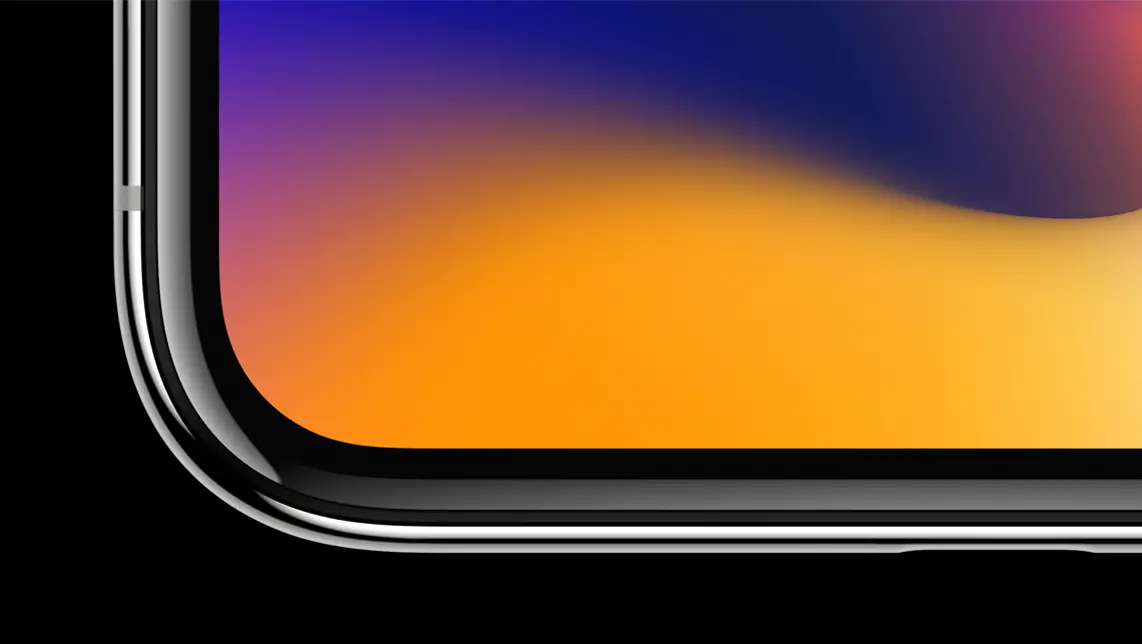
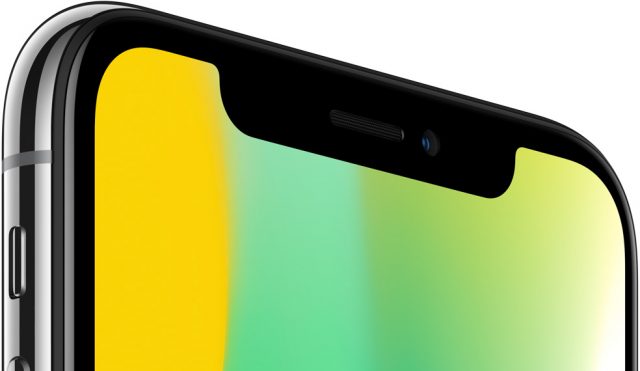
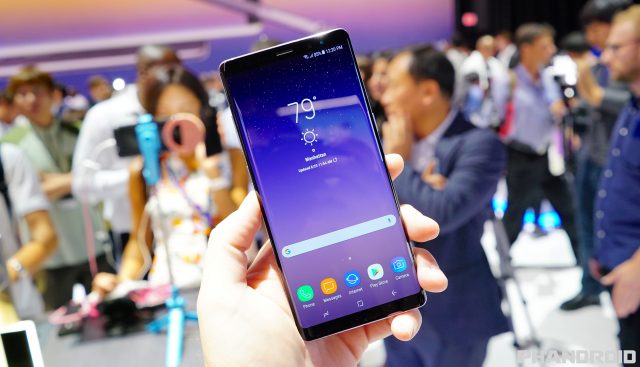
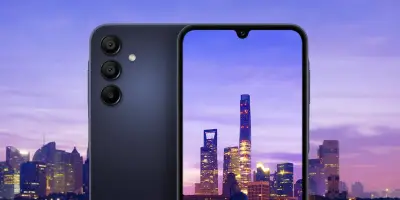
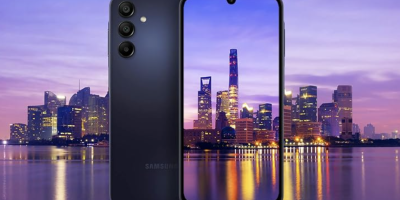







Comments